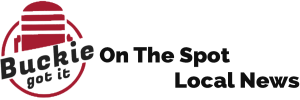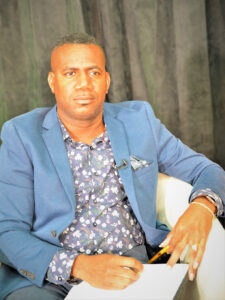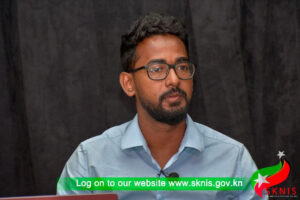Published 31 July 2020
Buckie Got It, St. Kitts and Nevis News Source
Masks are an additional step to help slow the spread of COVID-19 when combined with every day preventive actions and social distancing in public settings.
- Who should NOT use masks: children under age 2, or anyone who has trouble breathing, is unconscious, incapacitated or otherwise unable to remove the mask without assistance.
- Masks are NOT surgical masks or N95 respirators. Currently, surgical masks and N95 respirators are critical supplies that should be reserved for healthcare workers and other first responders.
Wear your Mask Correctly
- Wash your hands before putting on your mask
- Put it over your nose and mouth and secure it under your chin
- Try to fit it snugly against the sides of your face
- Make sure you can breathe easily
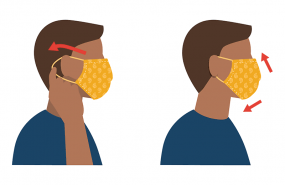
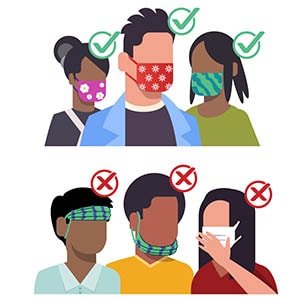
Wear a Mask to Protect Others
- Wear a mask that covers your nose and mouth to help protect others in case you’re infected with COVID-19 but don’t have symptoms
- Wear a mask in public settings when around people who don’t live in your household, especially when it may be difficult for you to stay six feet apart
- Wear a mask correctly for maximum protection
- Don’t put the mask around your neck or up on your forehead
- Don’t touch the mask, and, if you do, wash your hands or use hand sanitizer to disinfect
Follow Everyday Health Habits
- Stay at least 6 feet away from others
- Avoid contact with people who are sick
- Wash your hands often, with soap and water, for at least 20 seconds each time
- Use hand sanitizer if soap and water are not available
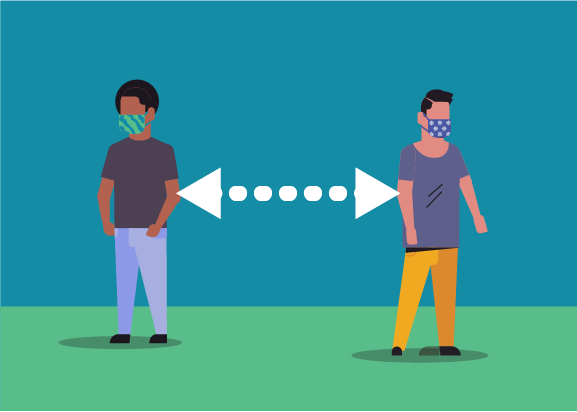
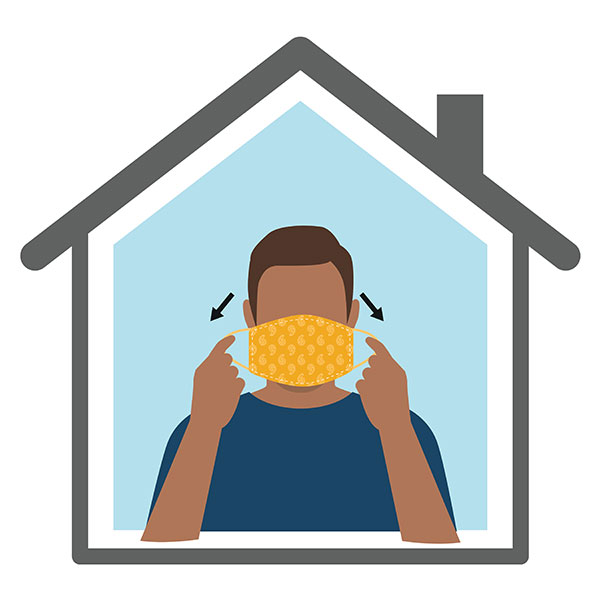
Take Off Your Mask Carefully, When You’re Home
- Untie the strings behind your head or stretch the ear loops
- Handle only by the ear loops or ties
- Fold outside corners together
- Place mask in the washing machine (learn more about how to wash masks)
- Be careful not to touch your eyes, nose, and mouth when removing and wash hands immediately after removing.
